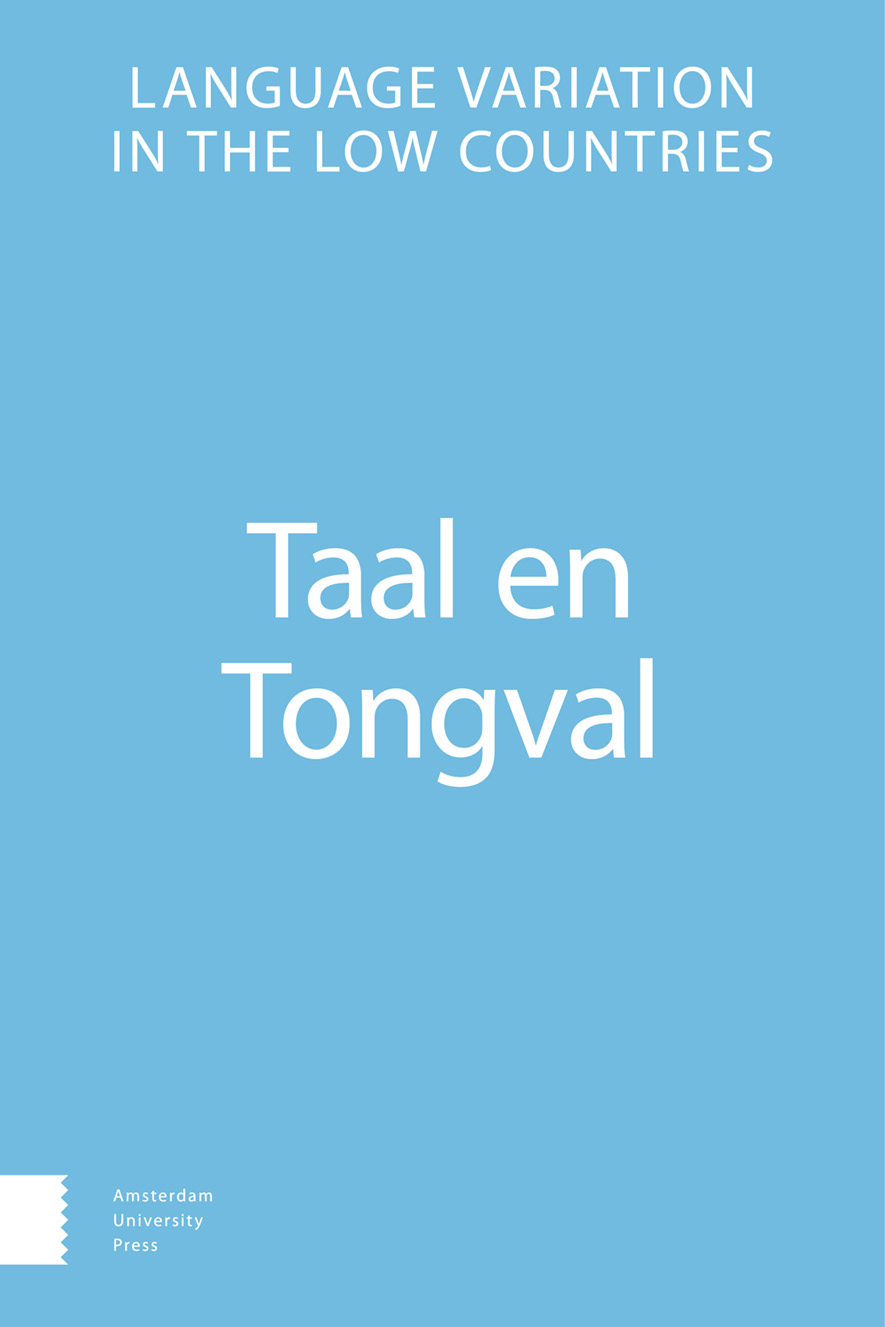- Home
- A-Z Publications
- Taal en Tongval
- Previous Issues
- Volume 63, Issue 1, 2011
Taal en Tongval - Volume 63, Issue 1, 2011
Volume 63, Issue 1, 2011
Language:
English
-
-
Regiolectisering: impulsen voor verder onderzoek
More LessAuthors: Gunther De Vogelaer & Wilbert HeeringaRegiolectisation has been the topic of a lot of interesting recent research in the Low Countries and in other European areas. This paper discusses a few factors that stirred this increased interest, as well as some of the most important lines for future research.
-
-
-
Vertical vs. horizontal change in the traditional dialects of southwest Germany: a quantitative approach
More LessAuthors: Peter Auer, Peter Baumann & Christian SchwarzTypically, modern dialects show contact-induced rather than endogenous phonological change, i.e. a given dialect absorbs features of other varieties of the same language with which it is in contact, often replacing the dialect’s own sounds. In most cases, this process is lexicalized, i.e. it proceeds word by word, although the entire sound structure of the variety may be affected in the end. One of the unresolved questions Read More
-
-
-
The heterogeneous homogenisation of dialects in England
More LessAs a result of high levels of mobility in contemporary England, one outcome of the resultant dialect contact that has been regularly highlighted in the literature is supralocalisation – the success of dialect variants that have a wide geographical currency at the expense of those which are much more locally restricted. This article begins by presenting the case for the existence of supralocalisation, but then goes on to problematiz Read More
-
-
-
Regiolectisering en de opkomst van tussentaal in Vlaanderen
More LessAuthors: Johan De Caluwe & Evelien Van RenterghemIn this paper we will investigate the relation between regiolect formation and the emergence of tussentaal (‘interlanguage’) in Flanders. More in particular, we will try to find out to what extent tussentaal is the product of regiolect formation as defined by Hoppenbrouwers (1990) and Hinskens (1993, 1996). In all Flemish regions a supra-regional interlanguage is gaining ground, with an indisputable Brabantic character. As for th Read More
-
-
-
The Measurement of Dutch Dialect Change: Lexicon versus Morphology versus Sound Components
More LessAuthors: Wilbert Heeringa & Frans HinskensIn this paper we report on a dialectometrical study of dialect change at the lexical, morphological and sound component levels. In particular, recently collected fieldwork data on a reasonable number of different Dutch dialects have been analysed to trace the processes leading to their convergence and/or divergence. Then, using these data, we provide the answers to four sets of research questions: Do dialects change? Read More
-
-
-
Koineization in the present-day Dutch dialect landscape: postvocalic /r/ and more
More LessThis contribution addresses a number of conceptual and methodological issues regarding processes of dialect change leading to koineization. After a discussion of some notions and key findings from a few recent relevant studies concerning present-day Dutch dialects, two paradigms of linguistic theorizing will be briefly presented. Next, these paradigms will be compared on the basis of the findings from a recent diachron Read More
-
-
-
Enkele beschouwingen over processen van dialectverandering en regiolectvorming in Belgisch- en Nederlands-Limburg
More LessBy Ronny KeulenAlthough the border between Dutch and Belgian Limburg is younger than the remainder of the border between both countries, its influence has been illustrated repeatedly for e.g. lexical oppositions. This article deals with the question whether the border between the Netherlands and the Dutch-speaking part of Belgium might play a diverging role in the formation of regiolects in the Dutch and Belgian province of Limburg. Read More
-
-
-
Formation of and change in regiolects and (regional) dialects in German
More LessUnlike other major European languages, in German regiolect and regional dialect represent two clearly distinct varieties. This is true not only in terms of their linguistic status, but also with regard to their differential evaluation by those who speak and hear them and their disparate roles in recent language change. This article begins with some conceptual clarification and a consideration of the often misunderstood relation Read More
-
-
-
Dialectverlies en dialectnivellering in Nederlands-Duitse grensdialecten
More LessBy Tom SmitsSociodialectological research on border dialects, viz. vernaculars spoken in localities near a political or national boundary, has some advantages over traditional dialect studies – especially when of a more rarely found cross-border design. Depending on the language situation on each side of the border, i.e. in two separate diasystems (cf. Goossens 2000a: 335), one observes constellations with different, similar or identical stan Read More
-
Volumes & issues
Most Read This Month
Article
content/journals/00398691
Journal
10
5
false
en


